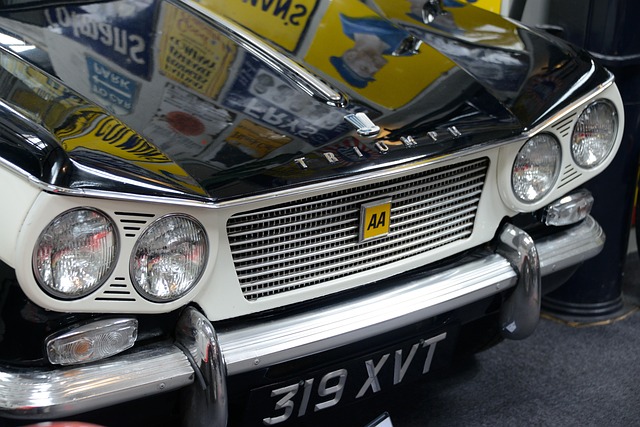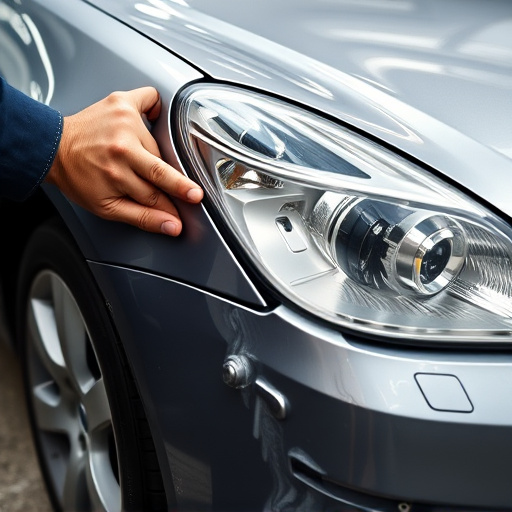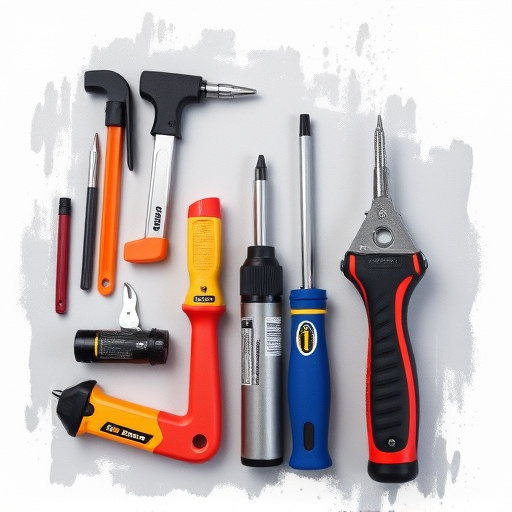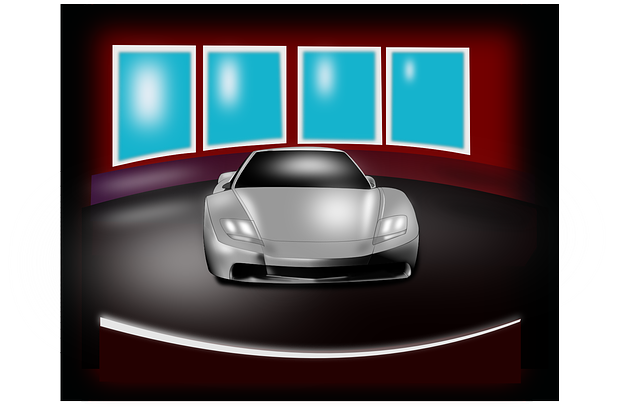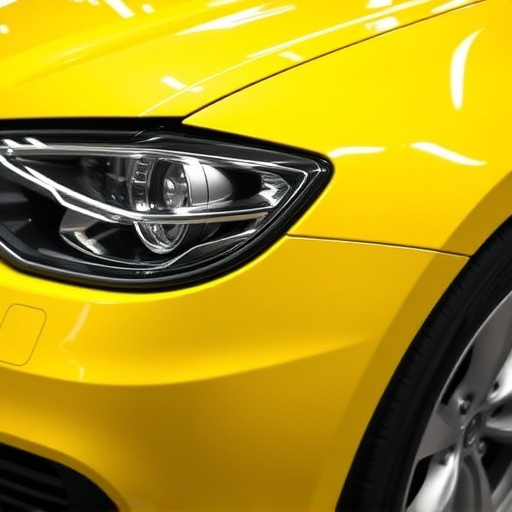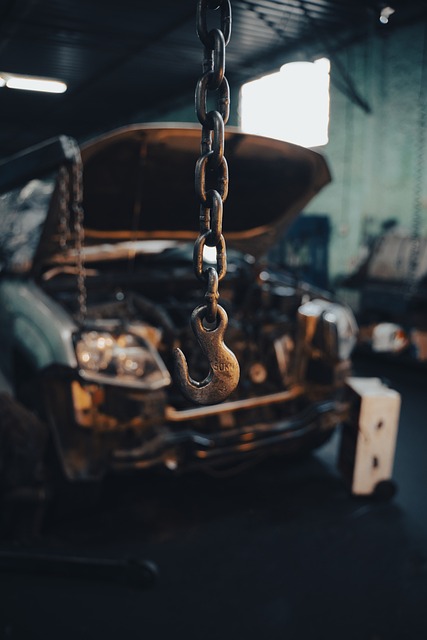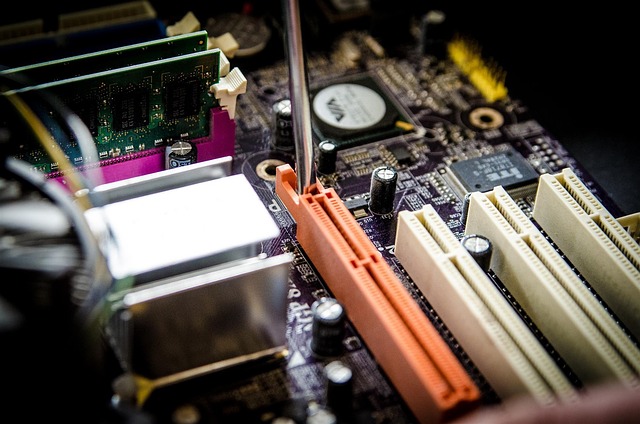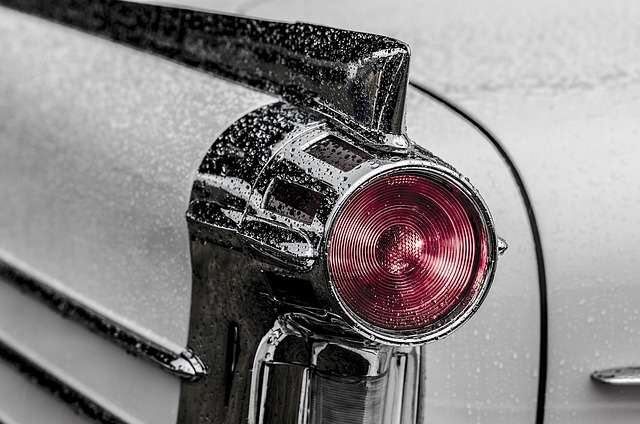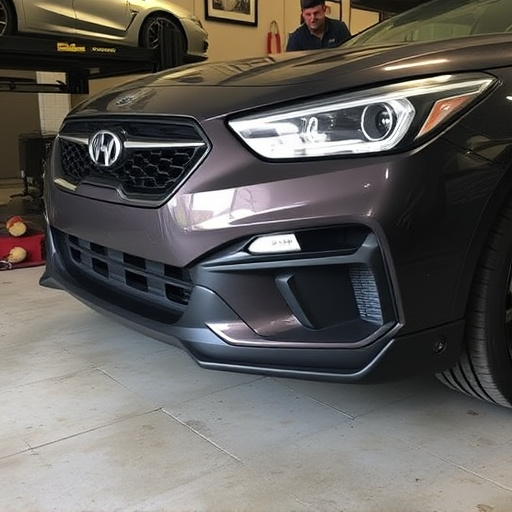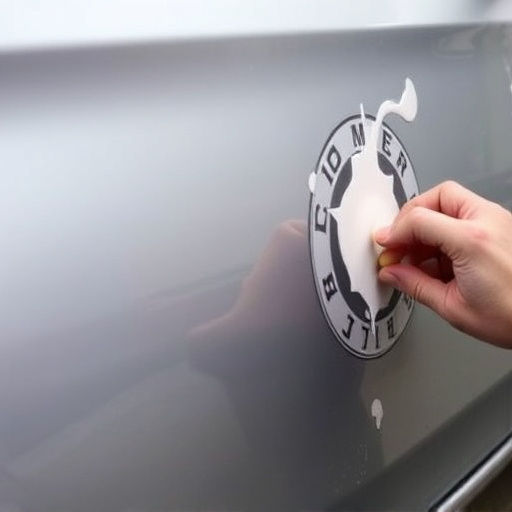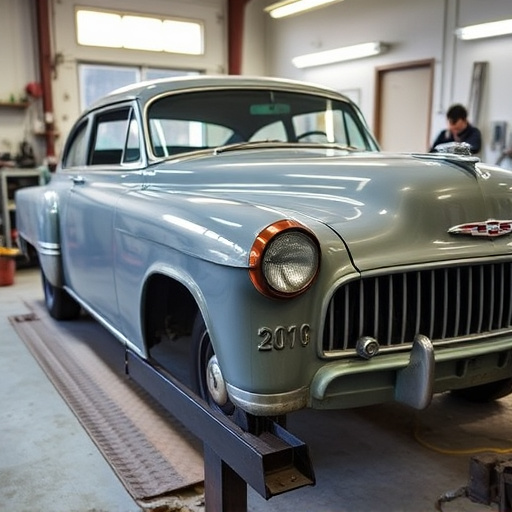Auto buffing and polishing techniques differ greatly based on paint type. Dark paints, despite hiding imperfections, require meticulous care during buffing to avoid streaks. Light-colored paints demand precise technique and suitable tools for a vibrant shine. Professional shops use specialized equipment and expertise to cater to all paint types, achieving flawless finishes. For dark paints, use soft microfibre cloths and a dual-action polisher with variable speed control; clean thoroughly before applying polish in thin layers. For light paints, start with gentle polish, then transition to finer abrasives, inspecting progress under various lights to avoid aggressive buffing and achieve a streak-free, dazzling finish.
Auto buffing and polishing are essential techniques for maintaining and enhancing the appearance of your vehicle’s paintwork. This article delves into the nuances of these processes, focusing on dark and light paints. Understanding the composition of your paint is key to successful buffing; it dictates the tools and techniques required. For dark paints, a careful approach ensures a smooth finish without leaving streaks, while light paints demand precise polishing for maximum reflectivity. Learn expert tips for achieving outstanding results with both.
- Understanding Paint Composition and Its Impact on Buffing
- Techniques and Tools for Dark Paints: Achieving a Smooth Finish
- Light Paints: Optimizing Polishing for Maximum Shine
Understanding Paint Composition and Its Impact on Buffing

The process of auto buffing and polishing varies greatly depending on the type of paint used, specifically between dark and light paints. Understanding paint composition is key to achieving a flawless finish. Dark paints tend to be more prone to hiding imperfections within their deeper hues, requiring meticulous attention during the buffing phase. The dense nature of dark pigments can make it challenging to achieve a smooth, lustrous surface without leaving behind streaks or spots.
In contrast, light-colored paints offer a different set of considerations. While they generally show defects less prominently, achieving a true, vibrant shine necessitates precise technique and the right tools. Light paints often have a more delicate finish, making them susceptible to scratches and swirls during buffing if not handled with care. This is where professional auto body shops and collision centers excel, utilizing specialized equipment and expertise to master the art of auto buffing and polishing for all paint types, ensuring vehicles leave their premises looking as good as new.
Techniques and Tools for Dark Paints: Achieving a Smooth Finish

When it comes to auto buffing and polishing for dark paints, a subtle touch is key. Dark hues can be more challenging to work with due to their depth and richness, so choosing the right techniques and tools is essential. A soft, microfibre cloth is often the best bet for applying polish, as it minimises the risk of marring the surface while providing a smooth finish. Start by cleaning the car body restoration area thoroughly; this step can’t be skipped, as dirt or debris will ruin the final look.
For optimal results, use a dual-action polisher with variable speed control, allowing you to buff gently and precisely. Apply the polish in thin layers, working in small sections at a time. The goal is to achieve a glossy, seamless finish without leaving behind any visible streaks or imperfections—a skill that’s honed through practice in an auto repair shop. Remember, patience is paramount; take your time to ensure you get it right, and your dark paint job will be the envy on the road.
Light Paints: Optimizing Polishing for Maximum Shine

Light paints offer a unique challenge when it comes to auto buffing and polishing. To achieve maximum shine, focus on subtle, meticulous movements. Start with a gentle polish using a dedicated light-color compound to remove minor swirls and imperfections. This initial step is crucial for setting the stage for subsequent polishing stages.
Once the compound is applied and buffed, move on to finer abrasives designed specifically for light paints. These advanced polishes work wonders in enhancing the paint’s natural gloss while revealing its vibrant hues. Remember, patience and precision are key; avoid aggressive buffing which could damage the delicate finish. Regularly inspect your progress under different lighting conditions to ensure a truly dazzling, streak-free shine, making your vehicle stand out like new at the body shop, even highlighting any tire services recently performed.
In conclusion, mastering auto buffing and polishing involves understanding paint composition. Dark paints require specific techniques and tools to achieve a smooth finish due to their unique absorption properties, while light paints benefit from optimized polishing for maximum shine. By tailoring your approach based on paint type, you can transform vehicles into stunning showcases of luster and clarity.
